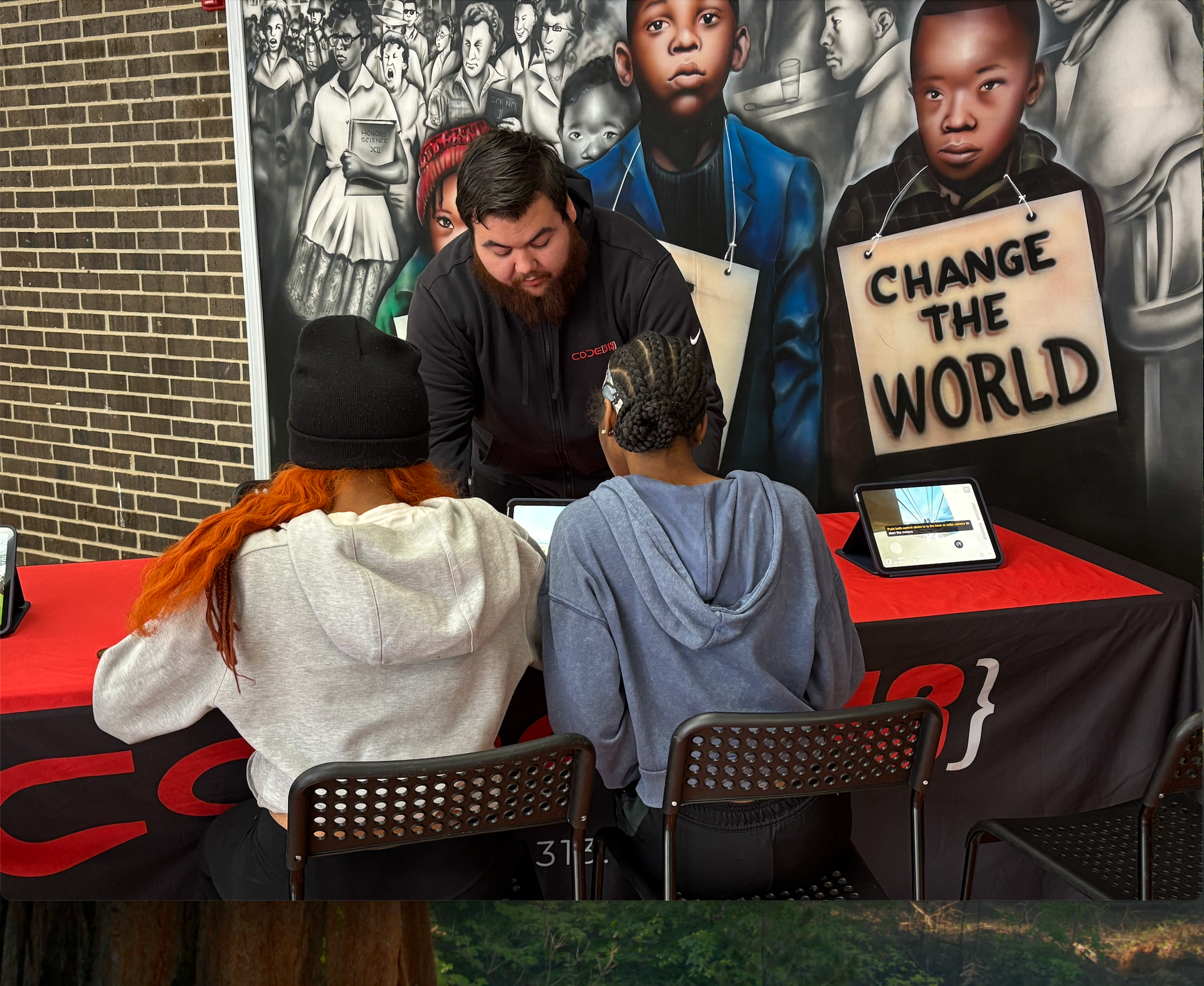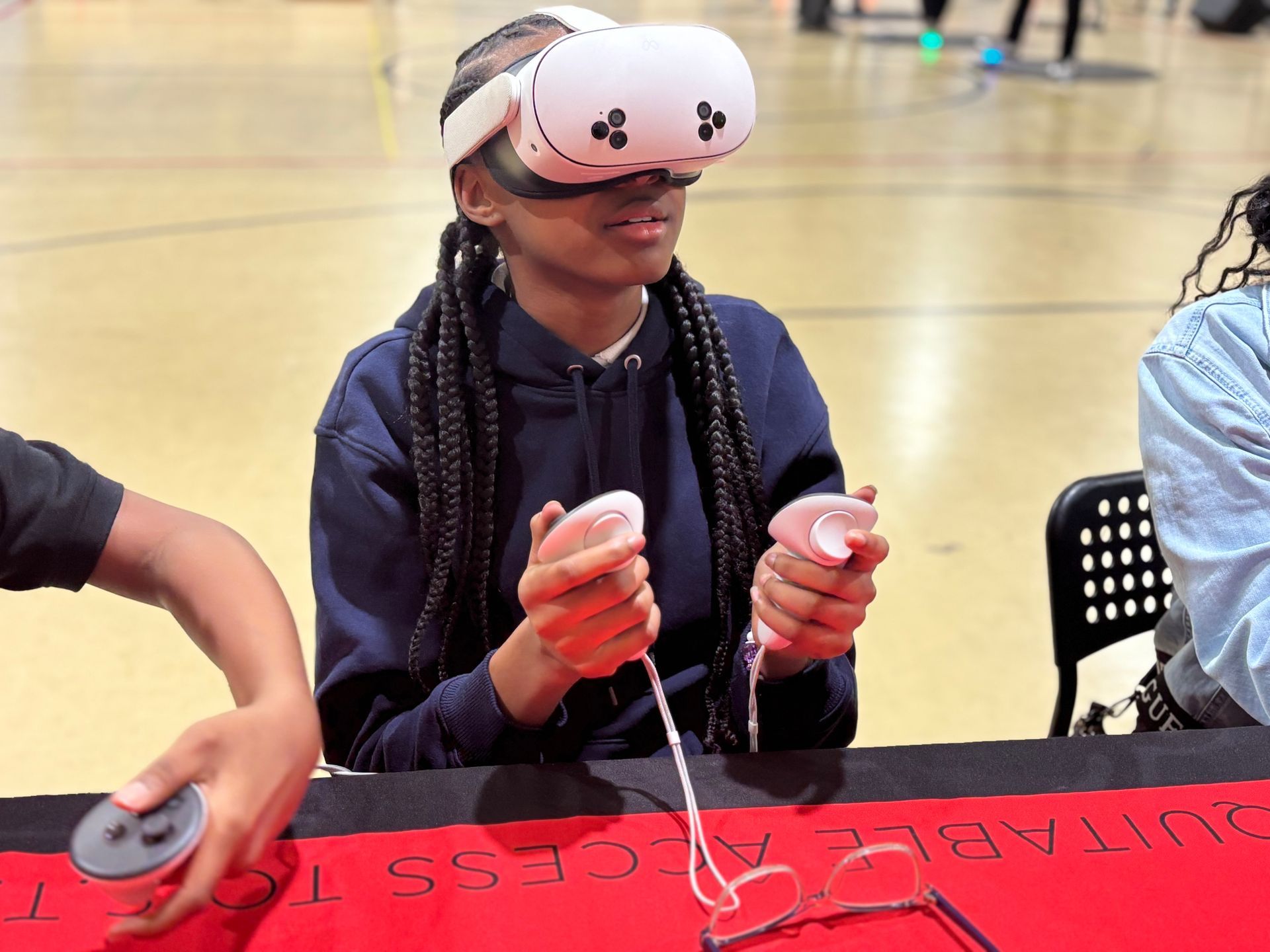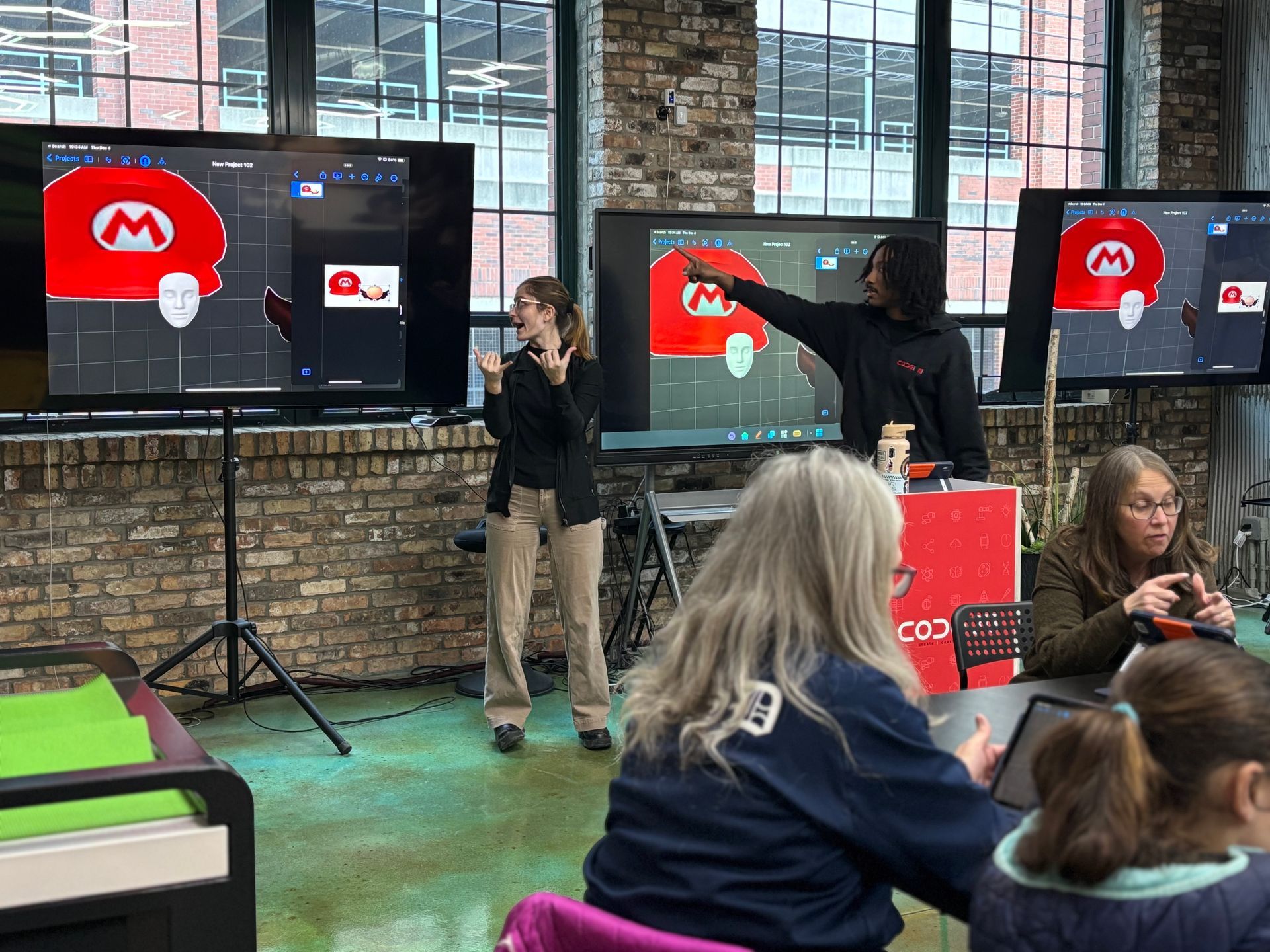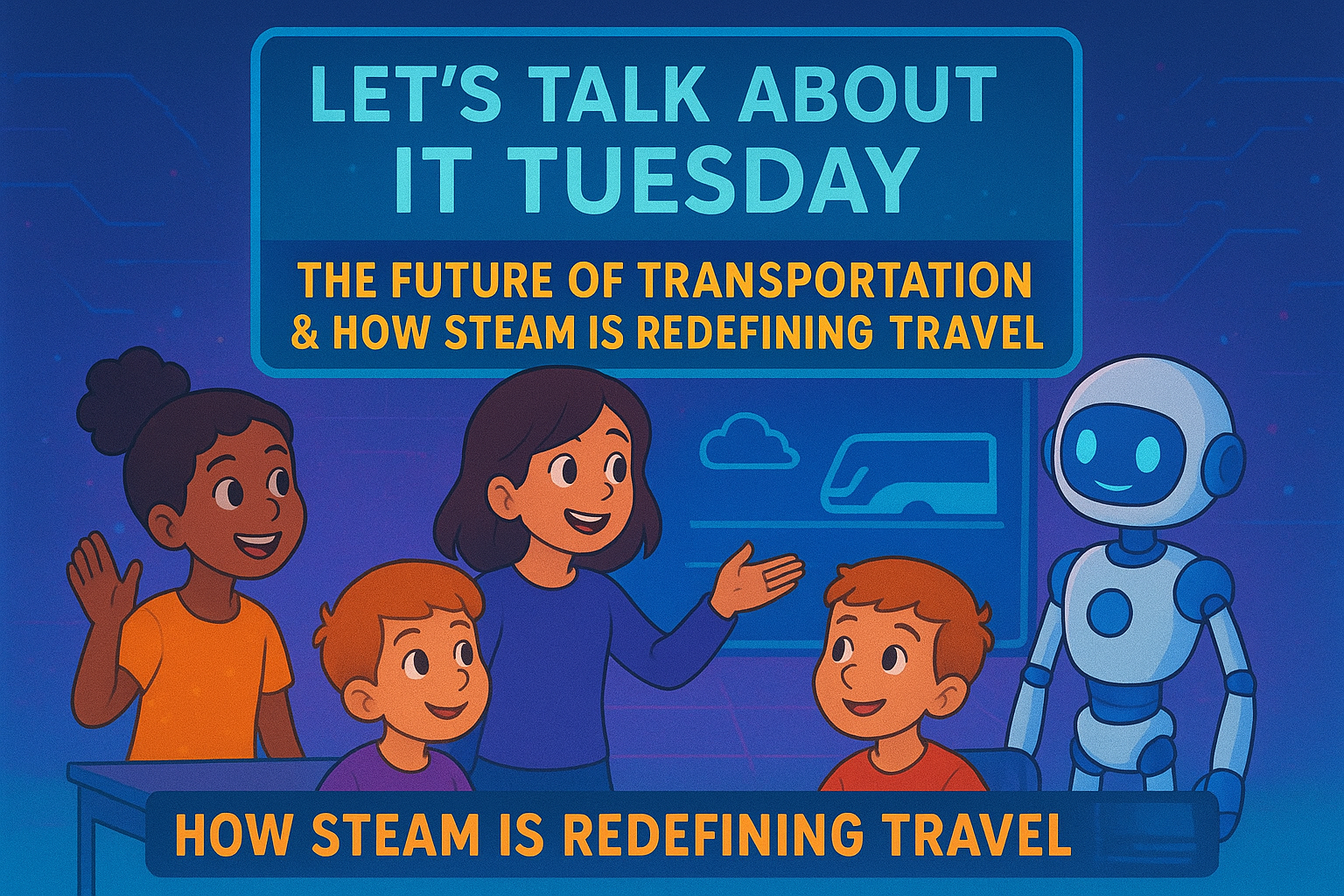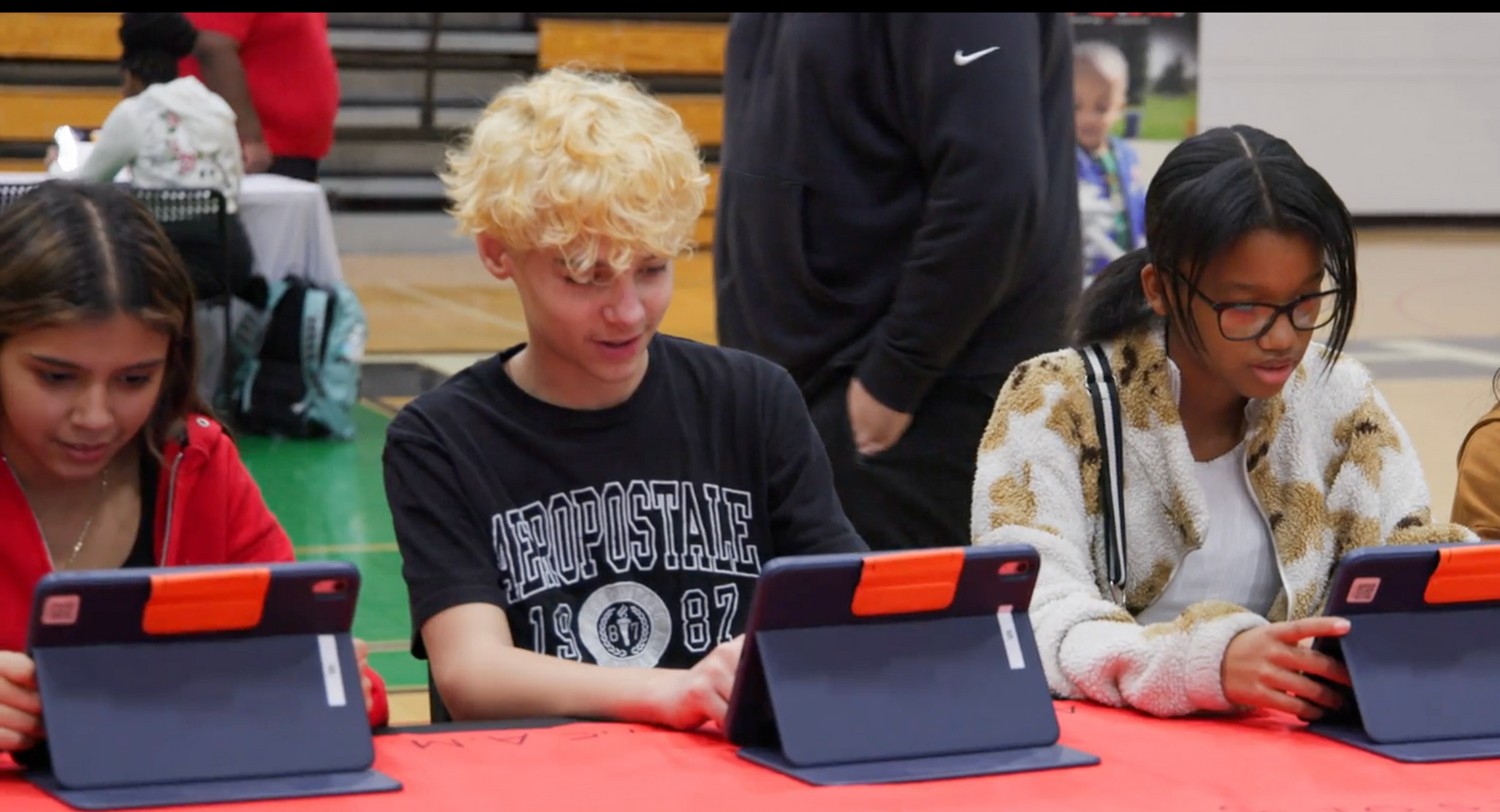Let’s Talk About It Tuesdays: "Bridging Cultures Through the Screen: Transforming Classrooms with Technology"
"How Akash Patel’s Virtual Connections Are Expanding Students’ Worldviews and Fostering Global Citizenship"

In a world where physical travel can often be limited by budget and logistics, technology has stepped in as a game-changer, especially in the realm of education. Imagine if your classroom could connect with diverse cultures across the globe without ever leaving your desk—this is now a reality thanks to advancements in videoconferencing technology.
One educator pioneering this transformation is Akash Patel, a language teacher and world traveler with a passion for immersive cultural experiences. Patel, who began his teaching career in rural Oklahoma, leveraged his experiences as a traveler and an immigrant to enrich his Spanish lessons. Recognizing the profound impact that live conversations with people from different cultures had on his students, Patel set out to broaden this opportunity to others through technology.
In 2014, Patel founded the Happy World Foundation, a nonprofit aimed at connecting students and educators with global volunteers via video calls. This initiative was born from his firsthand observation that such virtual interactions not only expanded his American students’ worldviews but also cultivated empathy and perspective-taking skills.
As technology has evolved, so too has the potential for these cultural exchanges. Platforms like Zoom, Skype, and Google Meet have made it easier than ever to facilitate these global conversations right from the classroom. Patel’s foundation now boasts a network of over 1,200 native language speakers from 150 countries. The foundation has also trained more than 100,000 educators on how to harness these resources to foster cross-cultural understanding and global citizenship.
Patel’s approach underscores a key benefit of virtual exchanges: they open a world of possibilities for students who may never have the chance to travel. For students in inner-city or rural communities, these connections can spark aspirations of studying abroad, volunteering, or interning in different parts of the world.
The impact of such initiatives is profound across all educational levels. Whether it’s integrating cultural exchanges into social studies or applying global perspectives to math problems, the opportunities are endless. For more targeted ideas, educators might explore Sara Elia’s Edutopia article, “Making Global Exchanges an Integral Part of Elementary School,” for primary-level exchanges, or Maurice Elias’ “How to Help High School Students Develop Empathy” for high school activities that nurture empathy and cultural understanding.
By leveraging technology, teachers can create a classroom environment that transcends borders, providing students with a rich tapestry of global perspectives and experiences without ever having to leave their seats. This is the power of making cultural connections through technology, and it’s paving the way for a more interconnected and empathetic world.


